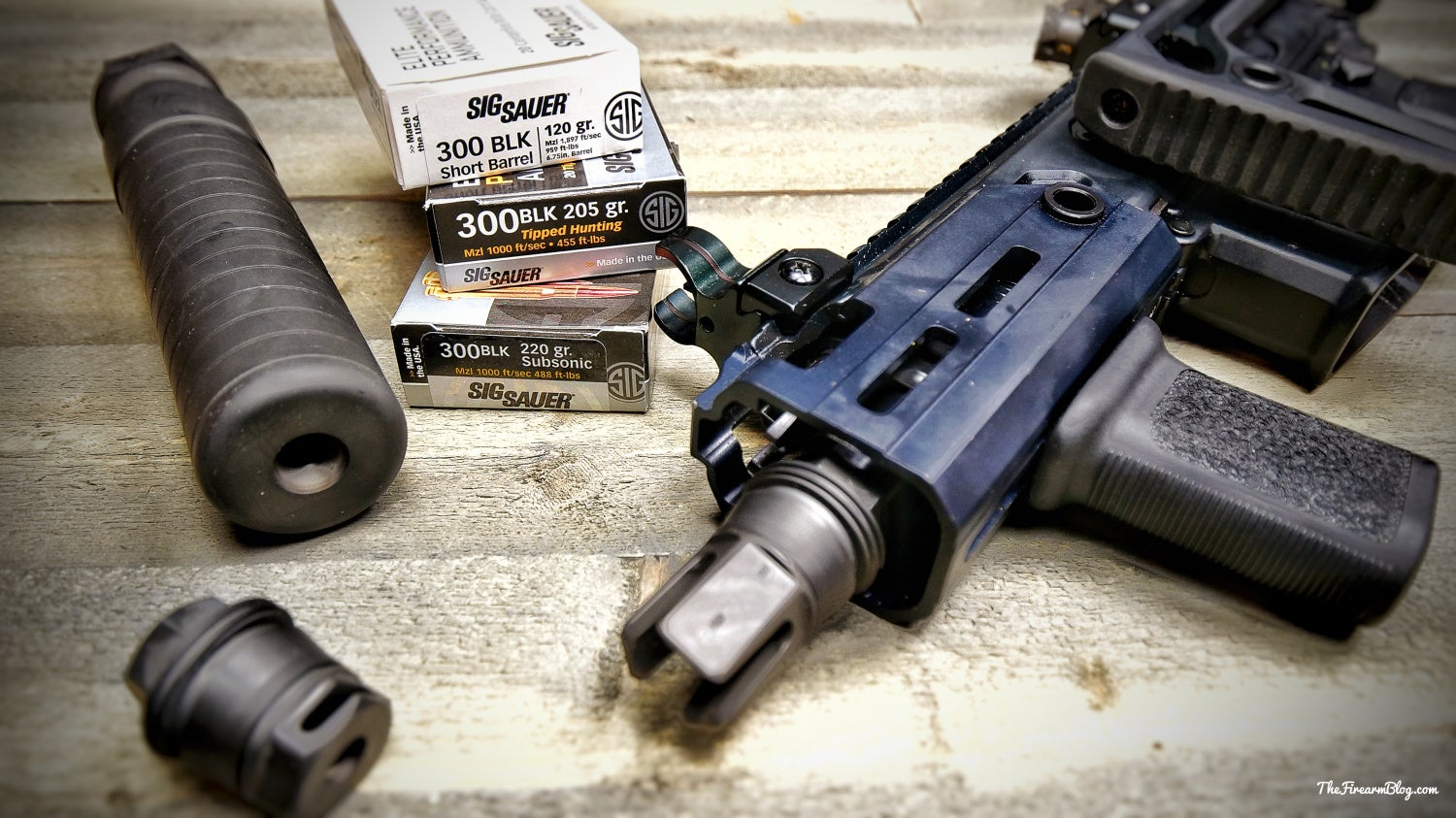When we last left you, the discussion of choosing either subsonic or supersonic ammo for your 300BLK defensive weapon was in a full-on firefight. Some of you stated that you would pick heavier and quieter rounds to preserve situational awareness and communication abilities. Others chose faster and lighter rounds because “it’s a rifle, not a pistol”. And a small percentage of you claimed that using a 300BLK AR15 in a life or death situation was nothing more than a mall ninja’s wet dream. An argument for another day…
Instead of just yelling at the clouds, I thought we could bring in a few experts in the field of ammunition development and ask them for their thoughts on the matter. In a possible third part of the series, I’m considering asking a few hunters and invasive species control experts (wild hog eradicators) for their opinion. I have a feeling I know how most of them will answer, but I’ve been wrong a few times in the past.
Anyway, read through the responses below and let us know your thoughts in the comments section. Please keep it civil people.
300BLK: Subsonic Or Supersonic Ammo To Defeat Threats?

300 BLK is known for subsonic performance but one cannot discount the great performance of supersonic offerings as well. The clear advantages of sub-sonic loads are, of course, sound suppression which can conceal both presence & position. Heavy for caliber bullets are often used to off-set lack of velocity and still provide great short to medium range performance. Subsonic is also preferred where the hunter wants to limit the maximum range of projectiles. On the other hand, supersonic offerings, when combined with suppression, will still conceal one’s position and affords longer range lethality due to flatter shooting, lower weight bullets. There’s a time and place for both technologies and you should practice/zero with both types. This will add versatility and a broader range of uses for this great platform.
– Brad Criner, Senior Director – Sig Sauer Ammunition

Home defense in its most typical form is about getting yourself and your loved ones off the X. If you’ve chosen 300BLK to help accomplish this goal, you’re on the right track. 300BLK is the most versatile centerfire cartridge in existence and an excellent HD choice. 300BLK comes in two flavors: supersonic and subsonic. Supersonic 300BLK can have nearly three times the kinetic energy as a subsonic 300BLK. But while energy transfer is very important it does not tell the entire story. A supersonic 300BLK round that does not deform or tumble in soft tissue will create only marginally more trauma that a heavier non-deforming non-tumbling subsonic bullet. Conversely an expanding supersonic bullet will create substantially more trauma than non-expanding supersonic bullets or expanding subsonic bullets. Expanding subsonic bullets have almost twice the material to work with which allows them to expand much larger than lighter expanding supersonic bullets – sometimes as much as three times original bullet diameter with machined solid copper. Despite larger bullet expansion size the temporary and permanent wound cavities of expanding subsonics are typically much smaller than expanding supersonics. In short a good expanding supersonic 300BLK is always ballistically superior to a good expanding subsonic 300BLK. The only real advantages of an expanding subsonic over an expanding supersonic in a home defense situation are (in no particular order):
- Reduction of sound pressure levels
- Reduction of felt recoil
- Reduced risk of over penetration from a pass through projectile
- Maybe a greater margin of error for nicking a vital organ as a result of larger bullet expansion.
David Stark, Owner – Discreet Ballistics
Buy Discreet Ballistics 188gr Selous 300BLK Subsonic

In general, most people prefer a self-defense rifle bullet that expands rapidly and doesn’t over-penetrate so that bullets won’t travel through multiple walls or similar structures. When it comes to the 300 Blackout, there are more options for rapid expansion in supersonic rounds than there are with subsonic loads. If you do use subsonic, make sure you know what that projectile is going to do at those slow speeds. Even a thin-jacketed traditional match bullet won’t expand at subsonic velocities, it may tumble, but may act more like an FMJ until it becomes unstable. There are some loads on the market that do expand at subsonic velocities, but in general they still won’t expand as rapidly and violently as a supersonic load will so penetration may still be an issue.
– Neal Emery, Hornady Ammunition

300 Blackout offers a range of performance, in both supersonic and subsonic loadings. For those with a suppressor, the American Eagle 220g will provide a heavy projectile that when suppressed, is easy on the ears, which is important for close quarters that one may encounter in a home defense situation. On the downside, this heavy subsonic load will provide little to no expansion, and at handgun velocity (less than 2000fps) will poke holes and crush tissue, likely resulting in a through and through performance.
On the other end of the spectrum, use of a supersonic load like the Federal 120g Trophy Copper at 2100fps, will result in projectile expansion to approximately 1.5x the diameter of the bullet, and greater terminal effect. Given equal penetration a larger bullet will damage more tissue and cause more bleeding. Due to the higher velocity, you will encounter much louder report regardless of a suppressor, due to the supersonic crack of the bullet. Unsuppressed, a significant muzzle flash will occur that may hamper low light visibility, the report may cause hearing damage and temporary disorientation.
Ken Vitale, Federal Premium
We are committed to finding, researching, and recommending the best products. We earn commissions from purchases you make using the retail links in our product reviews. Learn more about how this works.
 Your Privacy Choices
Your Privacy Choices
